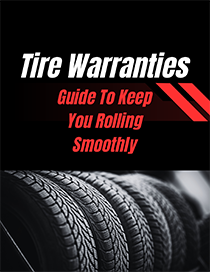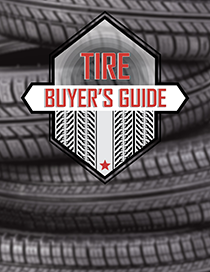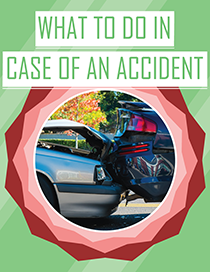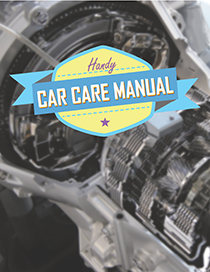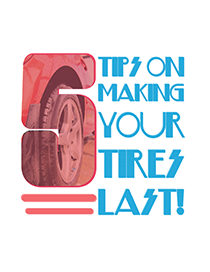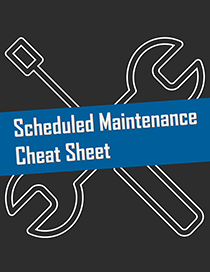Why Good Tire Tread Matters on Wet Roads
When talking tires, we talk a lot about tire tread and why it is so important to tire performance and safety. In previous posts, we’ve talked about how there are specialized types of tire tread for different types of driving. This post will look at the important role tire tread plays in managing tire performance on wet roads.
The Role of Tire Tread in Driving
Tire tread is a crucial factor in a tire’s ability to provide traction. Traction is the resistance between the tire and the ground in reaction to the torque being exerted by the wheel axle under the power of the engine. Good traction enhances your ability to maneuver and brake as you drive.
You might be surprised to learn that race car tires have no tread. Racing tires are designed to put as much of the tire rubber on the road as possible in order to maximize traction for increased speed and better control of the vehicle. This works for racing because racing is done in a very controlled environment, with optimal road conditions. Obviously this is not the case with everyday driving, where we regularly encounter challenges like wet roads.
Tire Tread vs Hydroplaning
Tire tread is critically important to prevent hydroplaning, which occurs when water comes between the road surface and your tires. Because the tires are riding on top of water and getting no traction with the surface of the road, your vehicle becomes unresponsive to steering or braking. This frightening phenomenon can occur even when road surfaces are slightly damp.
Unlike racing tires, tires meant for regular passenger vehicles must have an ample amount of tread to assure safe handling. Thanks to innovation in tire technology, the tread on tires has been designed to prevent hydroplaning by channeling and dispersing water away from the face of the tire.
Properly Maintaining Tires Optimizes Tread & Safety
Tires with excessively worn tread cannot disperse water safely because the channels lack the necessary depth. Condition of tire tread should be monitored regularly. A consistent and documented schedule of tire rotation will extend tread service life by promoting even tread wear.
Under-inflated tires are also unable to disperse water properly. Keeping your tires properly inflated is an extremely important part of extending tire life, as well. If tire inflation decreases to a level that is below the recommended pressure, an additional load is placed on the shoulder of the tire. This will cause that area to wear prematurely. Under-inflation also causes heat to build up within the tire, which increases rolling resistance and reduces fuel economy.

